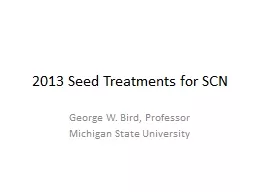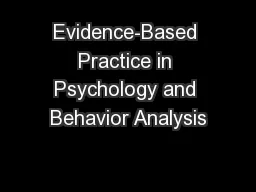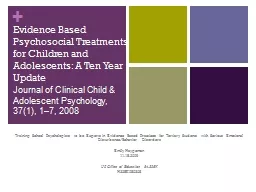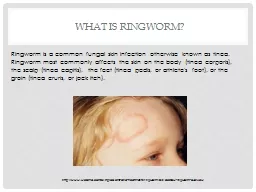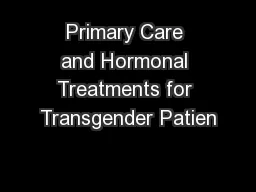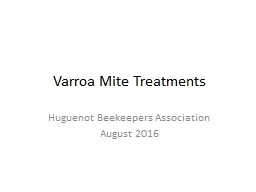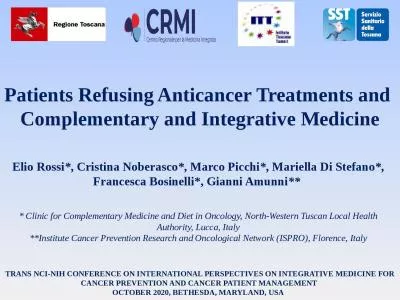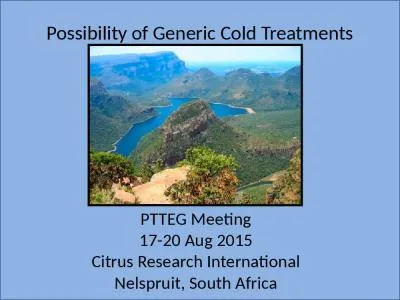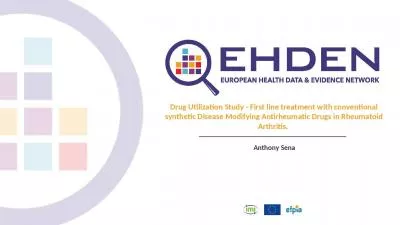PPT-Second line treatments in WT
Author : deena | Published Date : 2024-02-02
pts which opportunities with biologic agents Silvia Novello s ilvianovellounitoit Life was so simple back in 2008 Di Maio M EJC 2010 In 2014 second line therapy
Presentation Embed Code
Download Presentation
Download Presentation The PPT/PDF document "Second line treatments in WT" is the property of its rightful owner. Permission is granted to download and print the materials on this website for personal, non-commercial use only, and to display it on your personal computer provided you do not modify the materials and that you retain all copyright notices contained in the materials. By downloading content from our website, you accept the terms of this agreement.
Second line treatments in WT: Transcript
Download Rules Of Document
"Second line treatments in WT"The content belongs to its owner. You may download and print it for personal use, without modification, and keep all copyright notices. By downloading, you agree to these terms.
Related Documents


